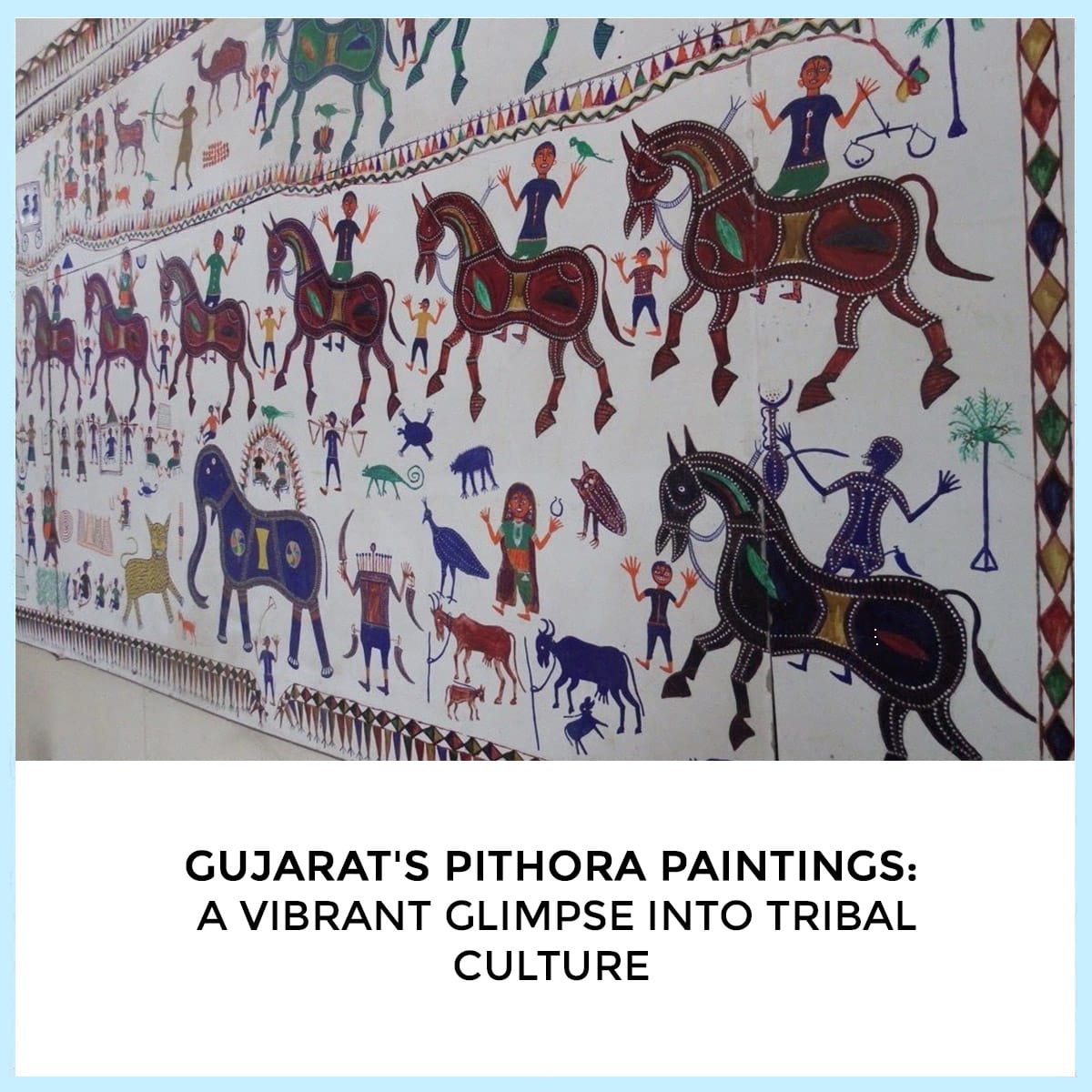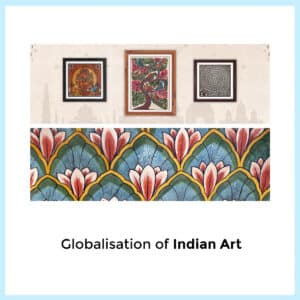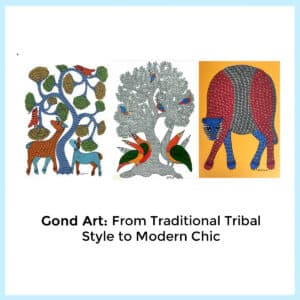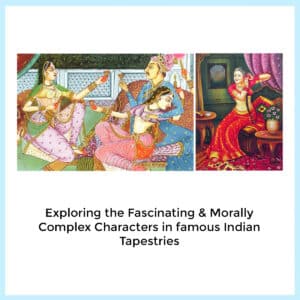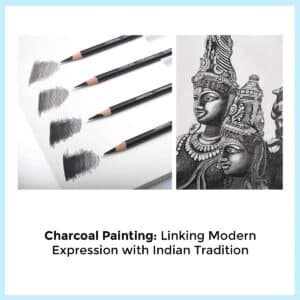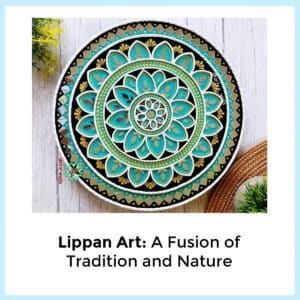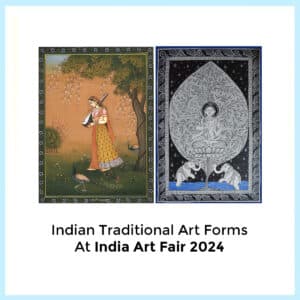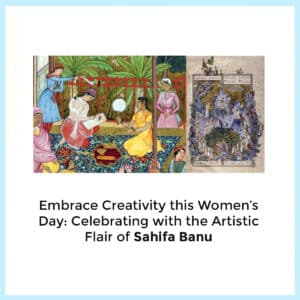A VIBRANT GLIMPSE INTO TRIBAL CULTURE
The Rathwa tribe in Gujarat, India, is known for producing the traditional wall art known as pithora paintings. They stand out for their vivid colors, complex patterns, and spiritual meaning. To commemorate important events like marriages, births, and festivals, pithora paintings are frequently made on the mud walls of homes and temples.
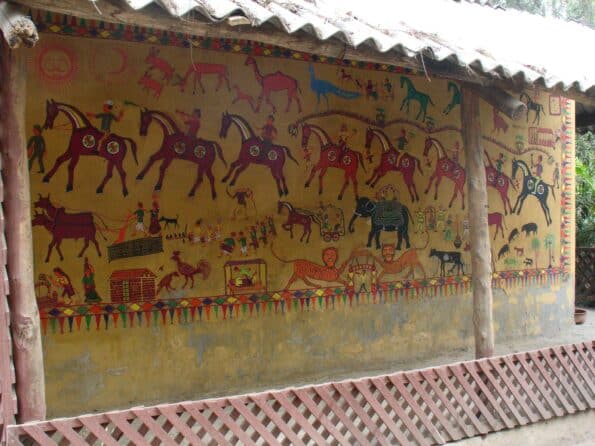
THE BACKGROUND AND IMPORTANCE OF PITHORA PAINTINGS IN GUJARAT
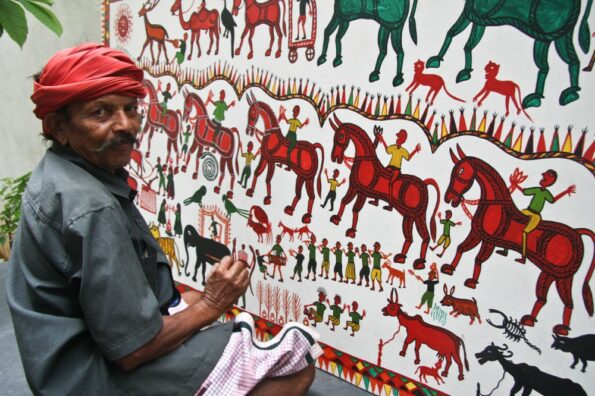
Pithora paintings date back to the 12th century and have a lengthy and rich history. They are used to ask the gods for blessings and protection for the village and its residents and are thought to be a way of communicating with the gods. The Rathwa tribe of Gujarat uses pithora drawings as another means of preserving its customs and culture.
CREATING A PAINTING OF PITHORA
A Pithora artwork takes a lot of effort and time to create. The wall must first be prepared by being covered with a coating of mud or cow dung. The artist starts to sketch the design once the wall has dried. Typically, natural colors like red dirt, yellow turmeric, and black charcoal are used to produce pithora paintings. Using cotton or bamboo-bristle brushes, the pigments are applied to the wall after being combined with water.
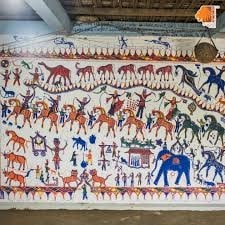
TYPICAL PITHORA PAINTING ELEMENTS
Pithora paintings frequently have a number of recurring components, such as:
- Horses: The Rathwa tribe considers horses to be a sacred animal, and they are frequently portrayed in Pithora art. Horses are used to transport prayers and offerings to the skies and are thought to be the gods’ mode of transportation.
- Deities: The Rathwa pantheon is represented in a wide range of Pithora artwork. Pithora, the deity of grains, Pithori, the goddess of fertility, and Gavari, the goddess of the buffalo, are some of the most popular gods.
- Mythological scenes:Rathwa mythology is frequently shown in Pithora paintings. The origins of the tribe, the creation of the world, and the exploits of its gods and heroes are all depicted in these scenes.
- Everyday life scenes:Aspects of daily Rathwa life, including farming, hunting, and dancing, are also portrayed in pithora paintings. The Rathwa tribe’s culture and traditions are valuable to learn about through these scenes.
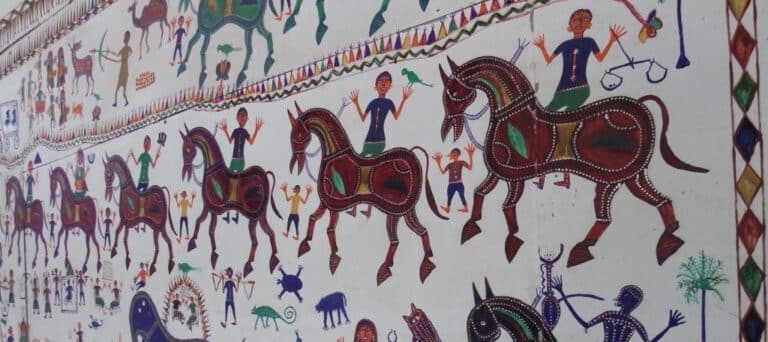
PITHORA PAINTINGS PRESERVATION
Indian culture is unique and significant because of pithora paintings. Pithora paintings of Gujarat is a delicate type of art, though, and many of them have vanished over time. An increasing number of initiatives have been made in recent years to promote and conserve Pithora paintings.
Pithora paintings offer a colorful and enthralling window into the customs and culture of the Gujarati Rathwa tribe. They should be safeguarded for future generations since they represent a distinctive and significant aspect of Indian culture.


